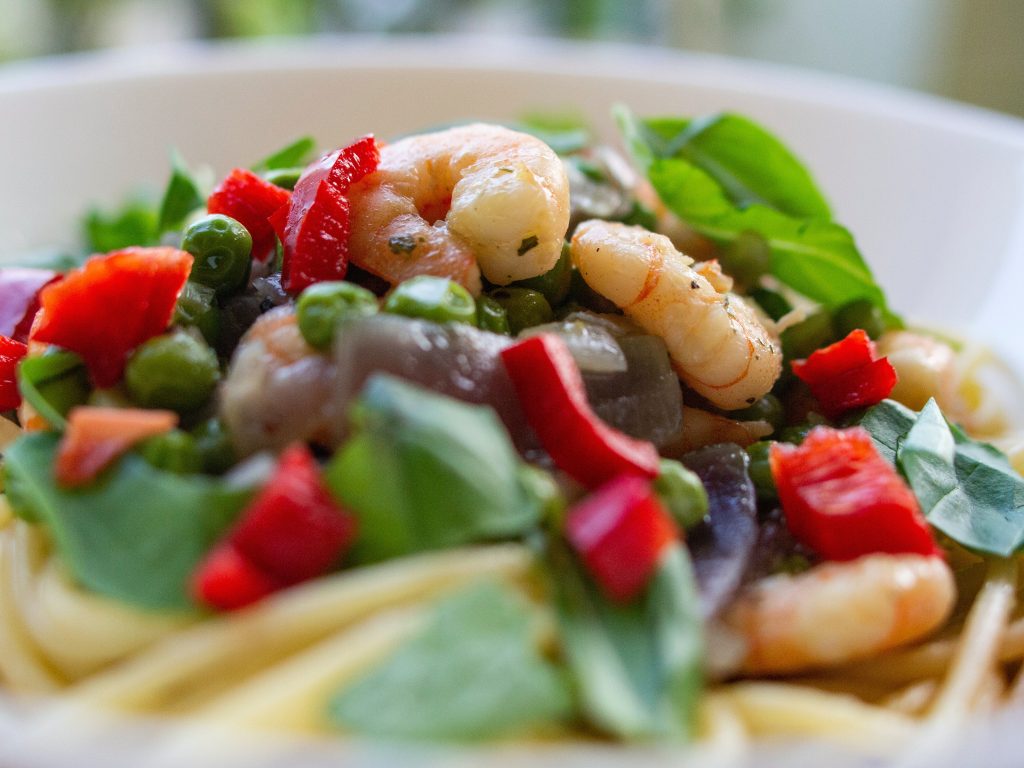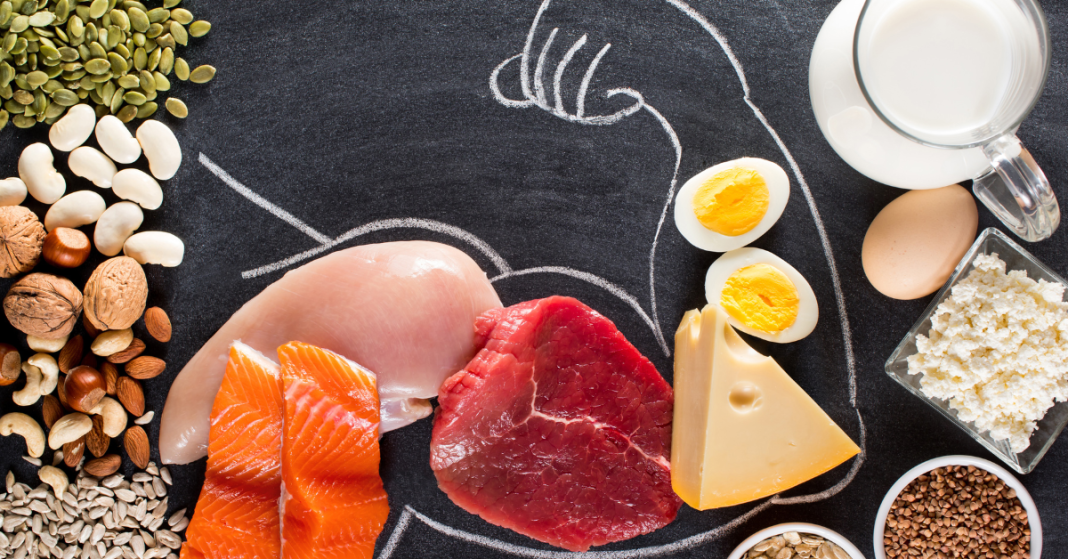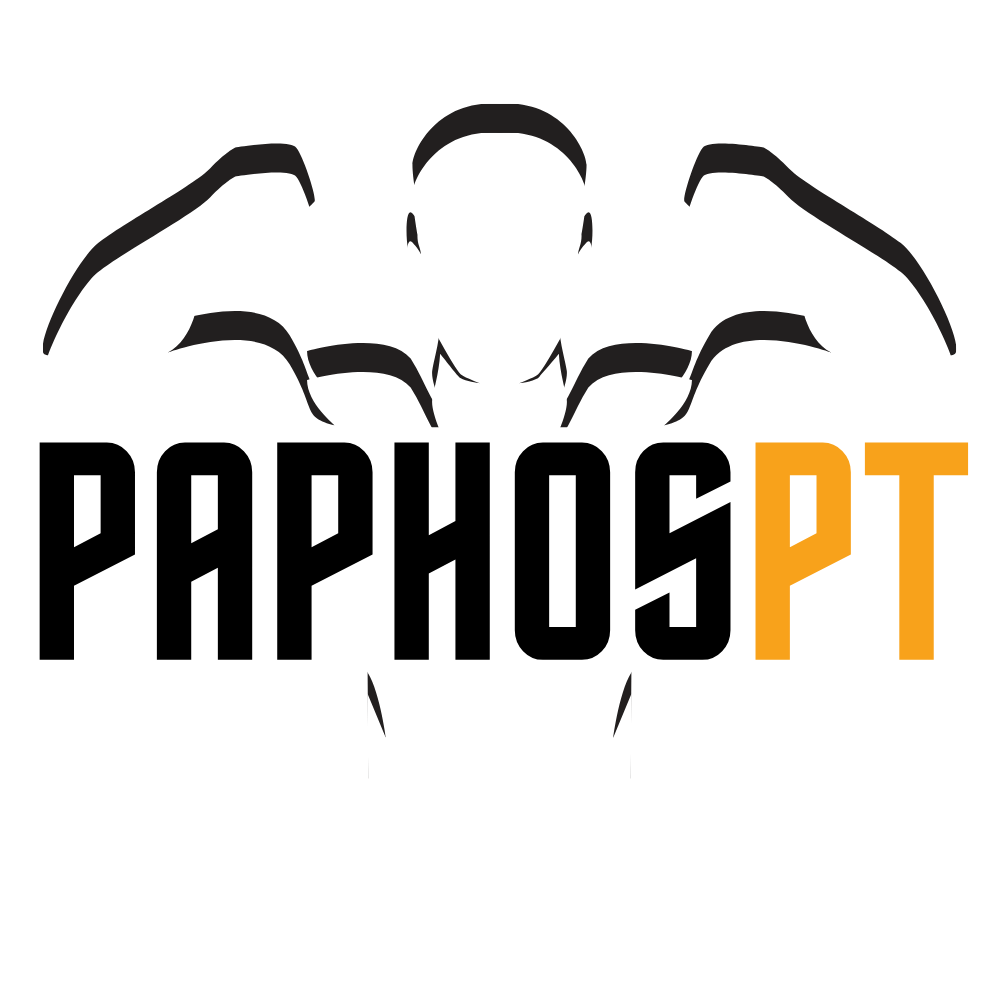Table of Contents
S.W.O.T. Analysis of a high protein diet

Strengths (S):
- Muscle Growth and Repair: High protein intake supports muscle growth and repair, making it suitable for athletes, bodybuilders, and individuals engaging in intense physical activity.
- Satiety: Protein-rich foods tend to keep individuals feeling full and satisfied, potentially aiding in weight management and reducing overeating.
- Metabolism Boost: The thermic effect of protein is higher than that of fats and carbohydrates, meaning the body burns more calories during digestion and processing of protein.
- Blood Sugar Control: Protein can help stabilize blood sugar levels by slowing down the absorption of carbohydrates, which may benefit individuals with diabetes or those looking to manage their blood sugar.
- Nutrient Density: Many high protein foods are rich in essential nutrients like vitamins, minerals, and amino acids, contributing to overall health.
- Preservation of Lean Mass: During weight loss, a high protein diet can help prevent the loss of lean muscle mass, ensuring that the weight loss is primarily from fat.
Weaknesses (W):
- Nutritional Imbalance: Focusing excessively on protein intake might lead to neglecting other important nutrients like fiber, vitamins, and healthy fats.
- Digestive Issues: Consuming too much protein, especially from animal sources, can potentially lead to digestive discomfort, constipation, and other gastrointestinal issues.
- Kidney Strain: Individuals with pre-existing kidney conditions may be at risk of worsening their condition due to the increased nitrogen load from excess protein metabolism.
- Long-Term Sustainability: Maintaining a high protein diet might be challenging for some individuals due to taste preferences, social situations, and practicality.
- Potential Health Risks: Excessive consumption of animal-based protein might increase the risk of certain health issues,
- such as heart disease and certain types of cancer.

Opportunities (O):
- Personalized Nutrition: High protein diets can be tailored to individual needs and preferences, allowing for customization based on activity levels, goals, and dietary restrictions.
- Innovation in Protein Sources: The market for alternative protein sources, such as plant-based proteins (soy, pea, quinoa) and lab-grown meats, is expanding, offering more options for diverse diets.
- Health and Fitness Industry: The increasing interest in fitness and health presents an opportunity for promoting high protein diets as part of a holistic approach to well-being.
- Research and Education: Continued research can help better understand the long-term effects of high protein diets, guiding recommendations and clarifying potential risks.
Threats (T):
- Misinformation: Misleading information about high protein diets and their benefits can lead to misconceptions and misguided dietary choices.
- Unbalanced Diets: Overemphasizing protein intake may result in imbalanced diets, lacking in important nutrients from other food groups.
- Sustainability Concerns: High consumption of animal-based proteins can contribute to environmental issues, such as greenhouse gas emissions and resource depletion.
- Cultural and Social Factors: Cultural norms, societal pressures, and social situations can hinder adherence to a high protein diet, affecting its overall success.
- Health Conditions: Certain medical conditions, such as kidney disease, gout, and some metabolic disorders, might be exacerbated by excessive protein consumption.

Some of my favourite food combinations include:
-Seaweed,calamari & rice
-Broccoli/spinach ,watermelon & chicken
or any of the classic fusion subgenre of surf and turf.

quick & cheap squid & rice
https://www.kitchenstories.com/en/recipes/squid-fried-rice-b7fc






